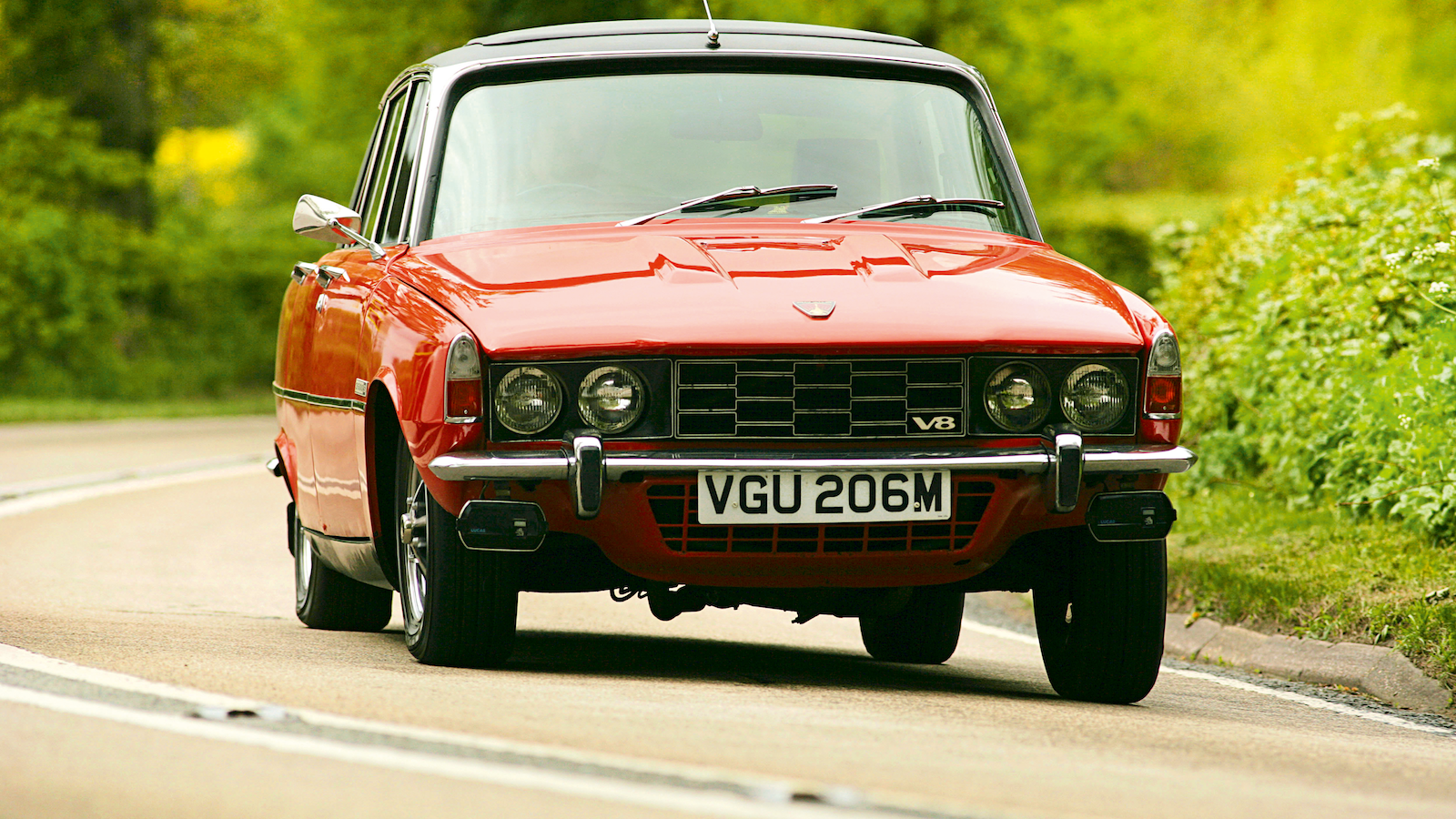
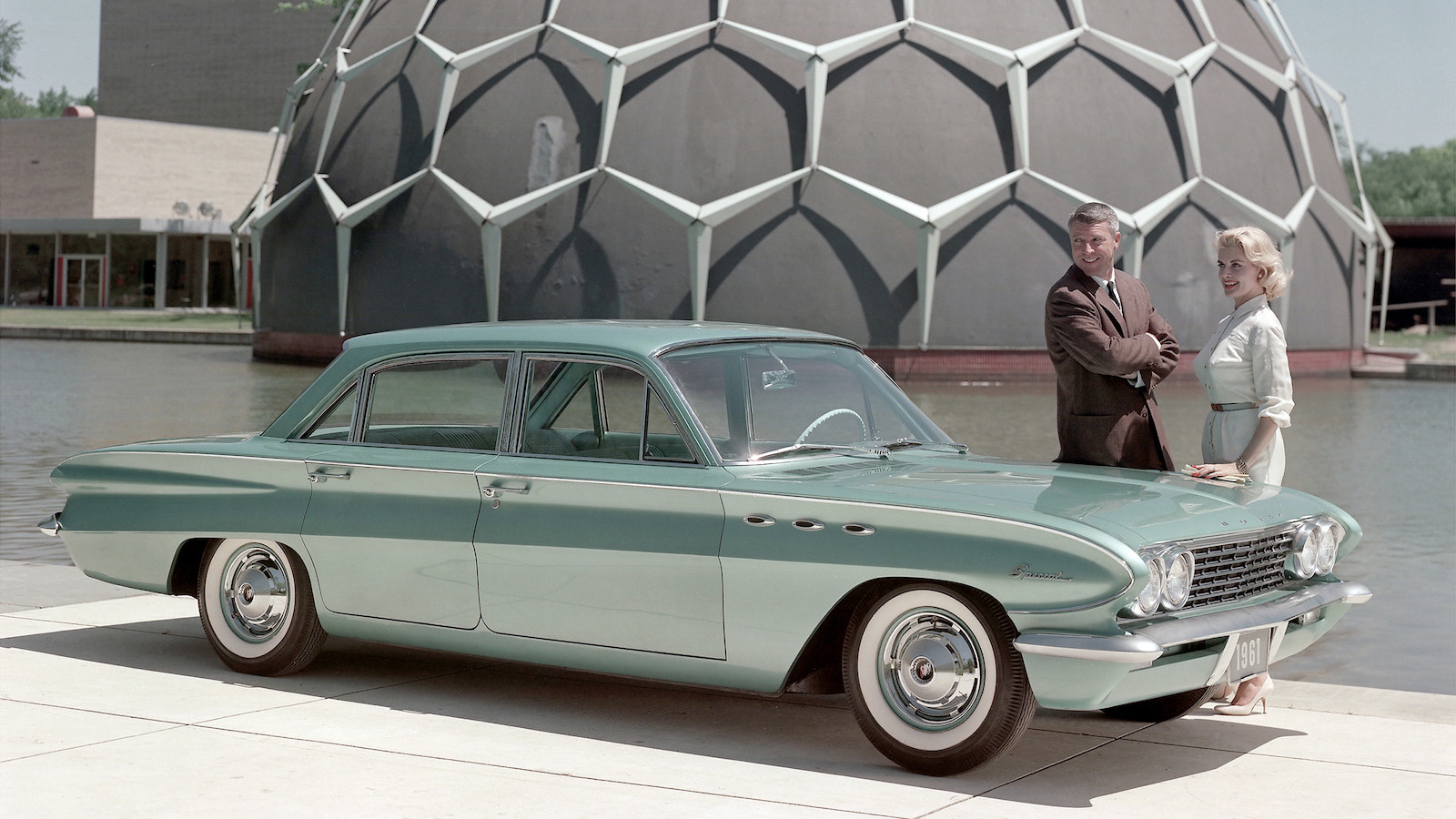
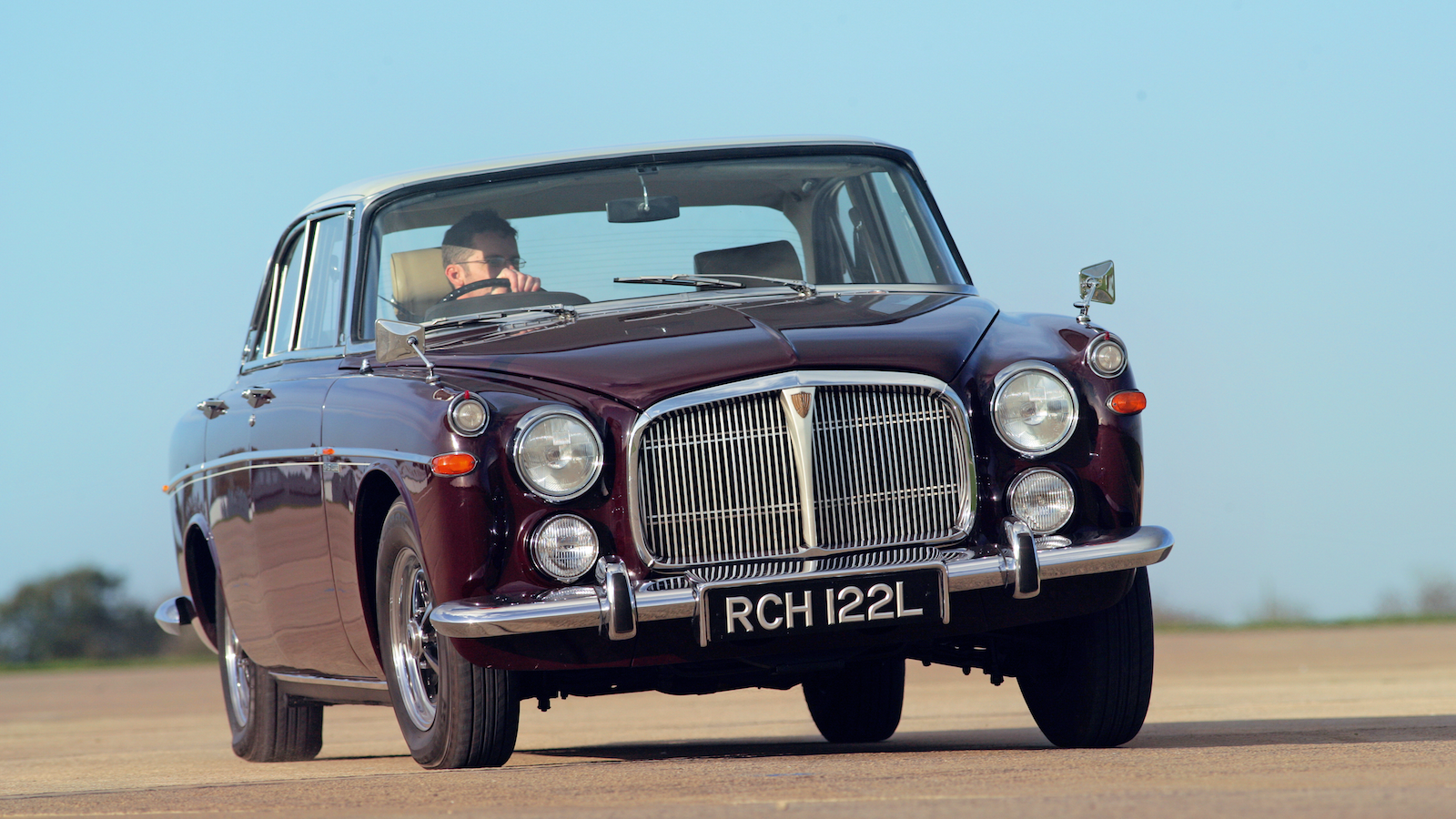
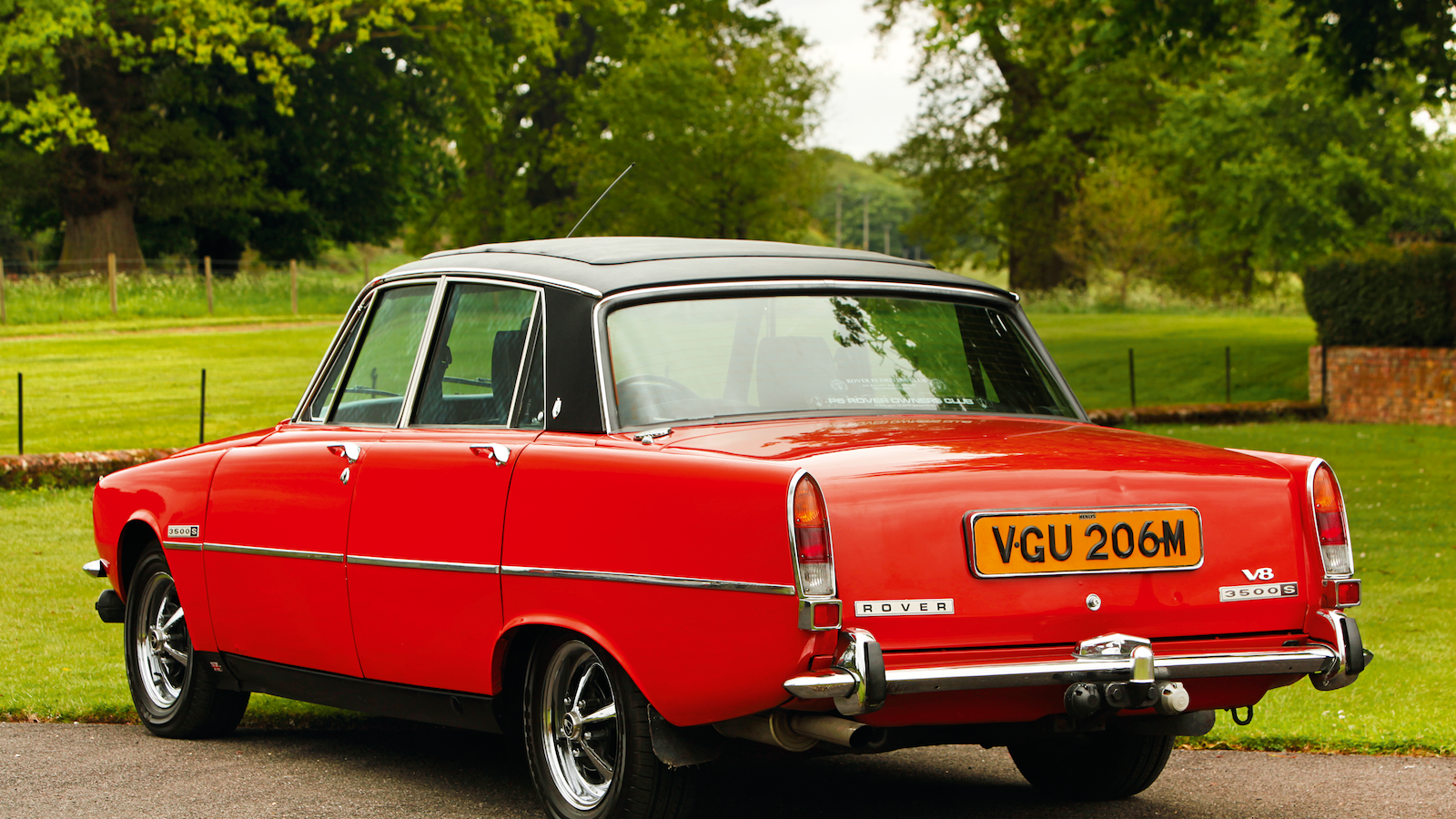
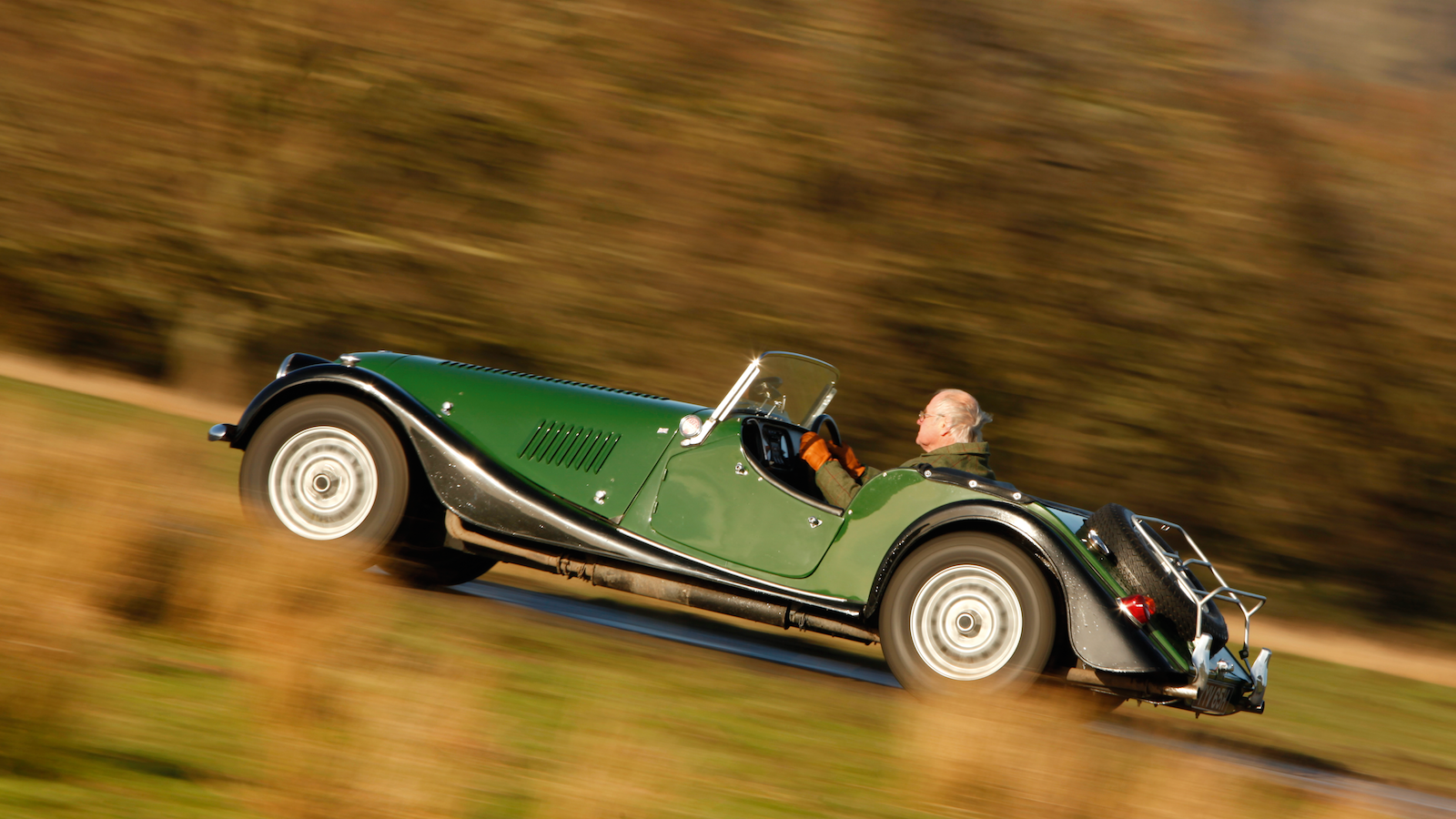
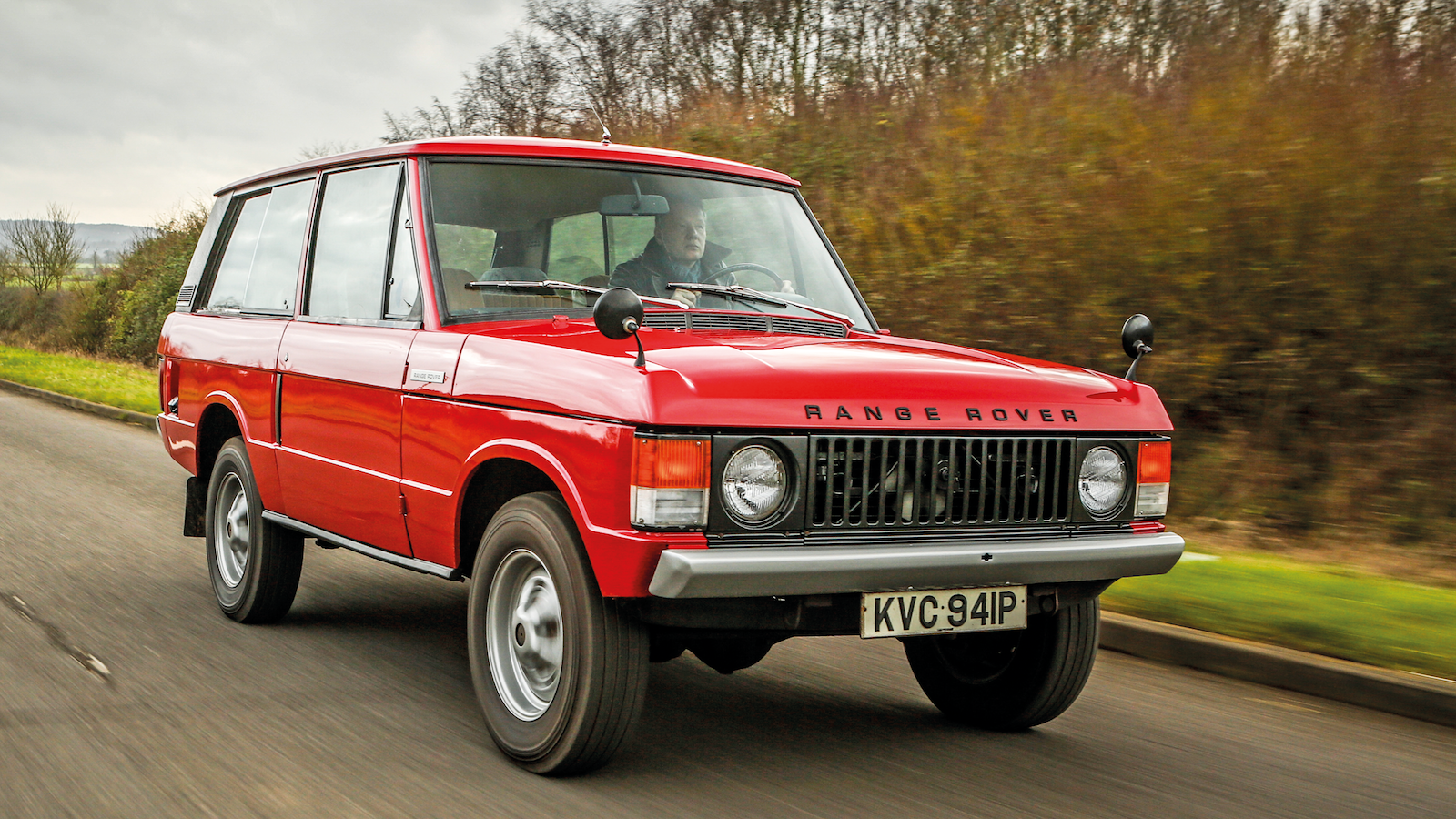

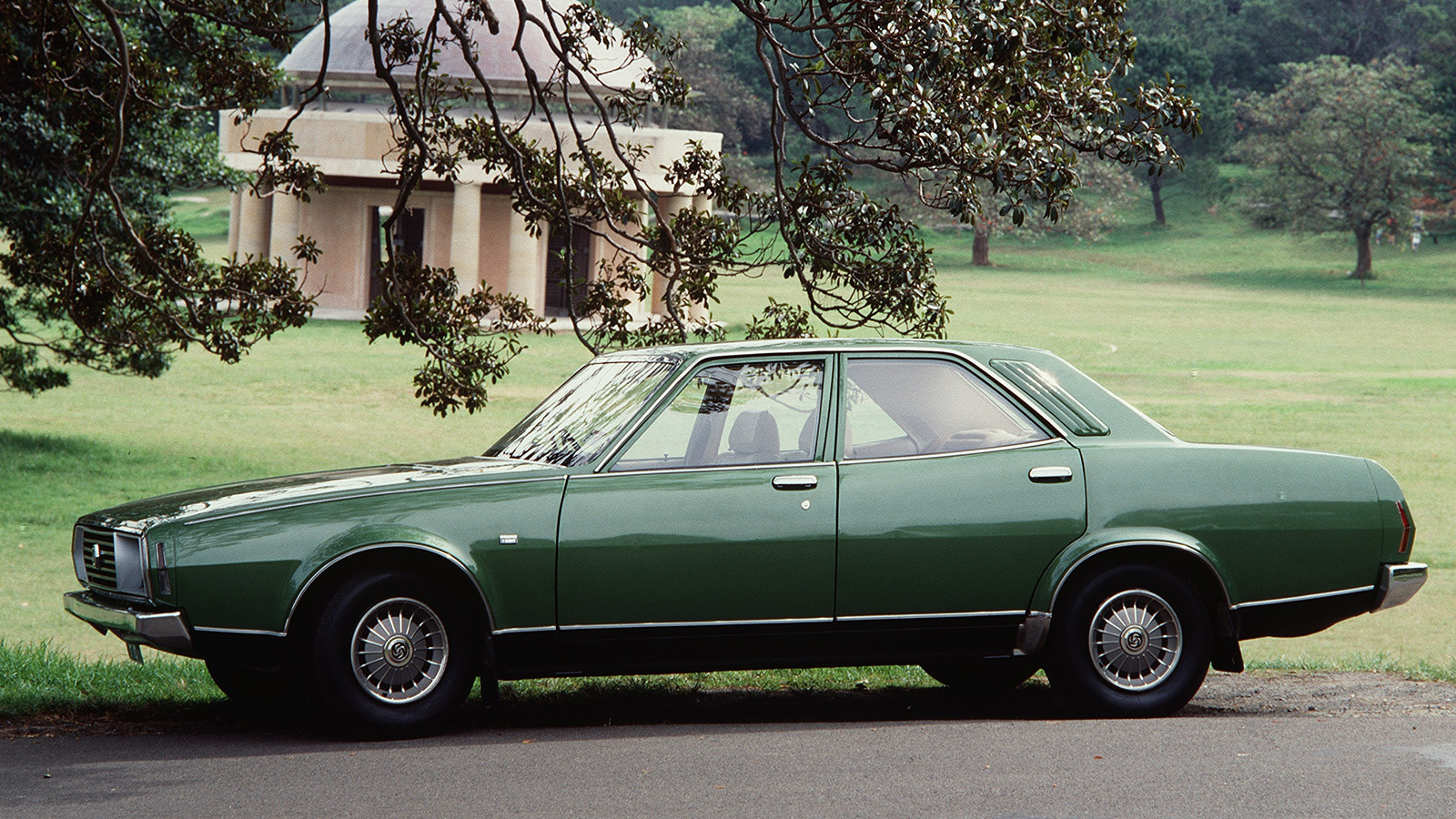
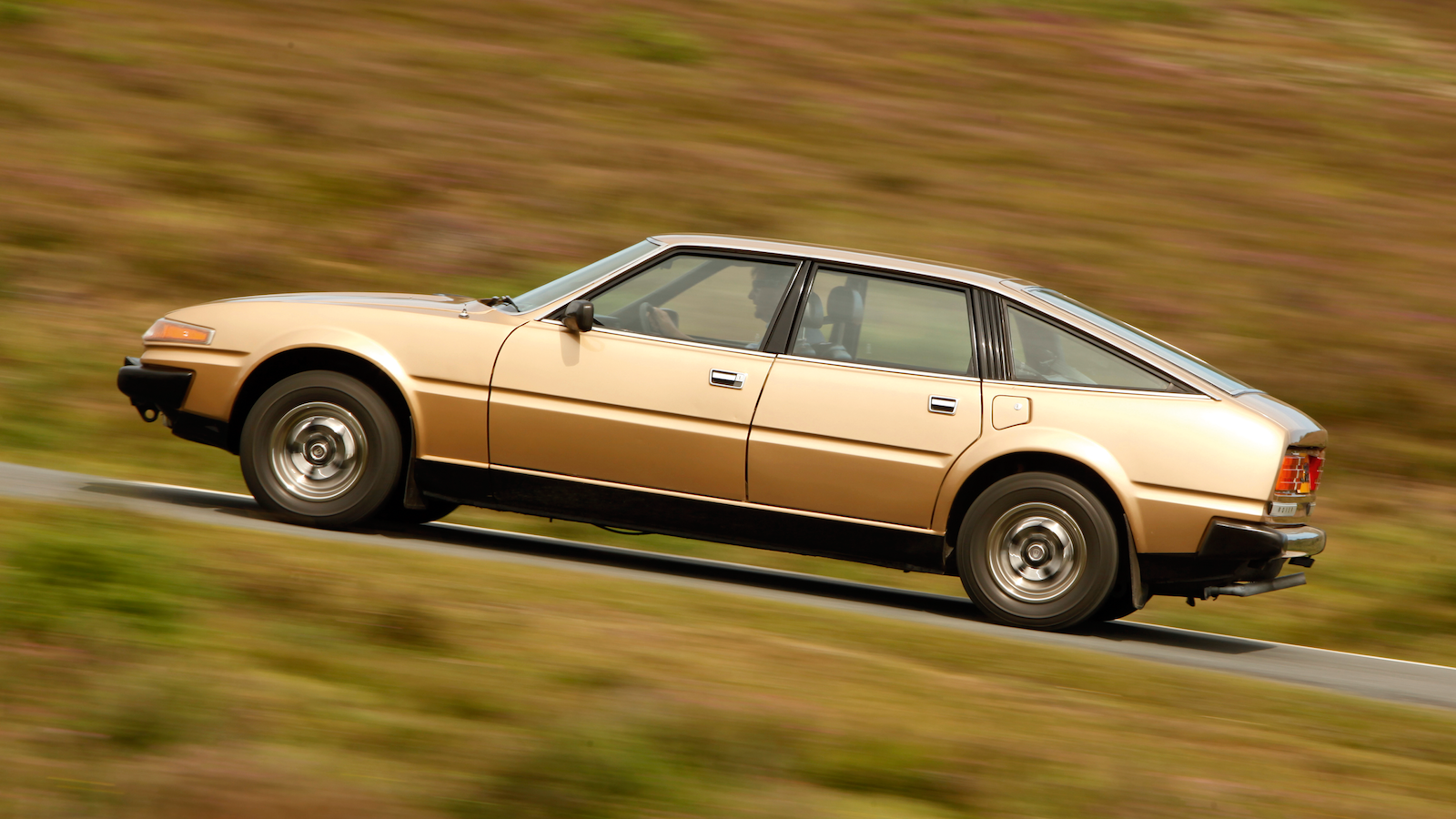
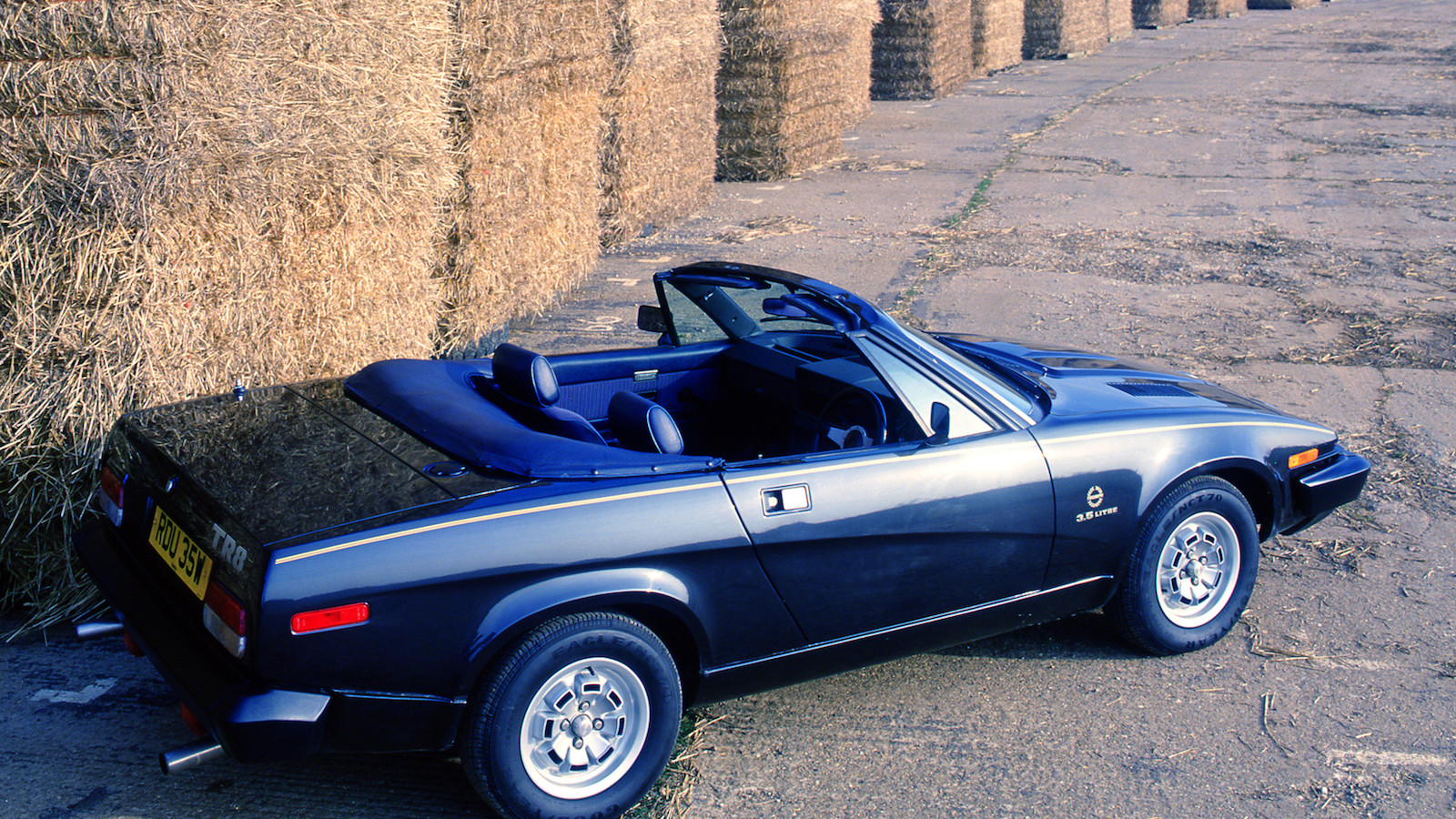
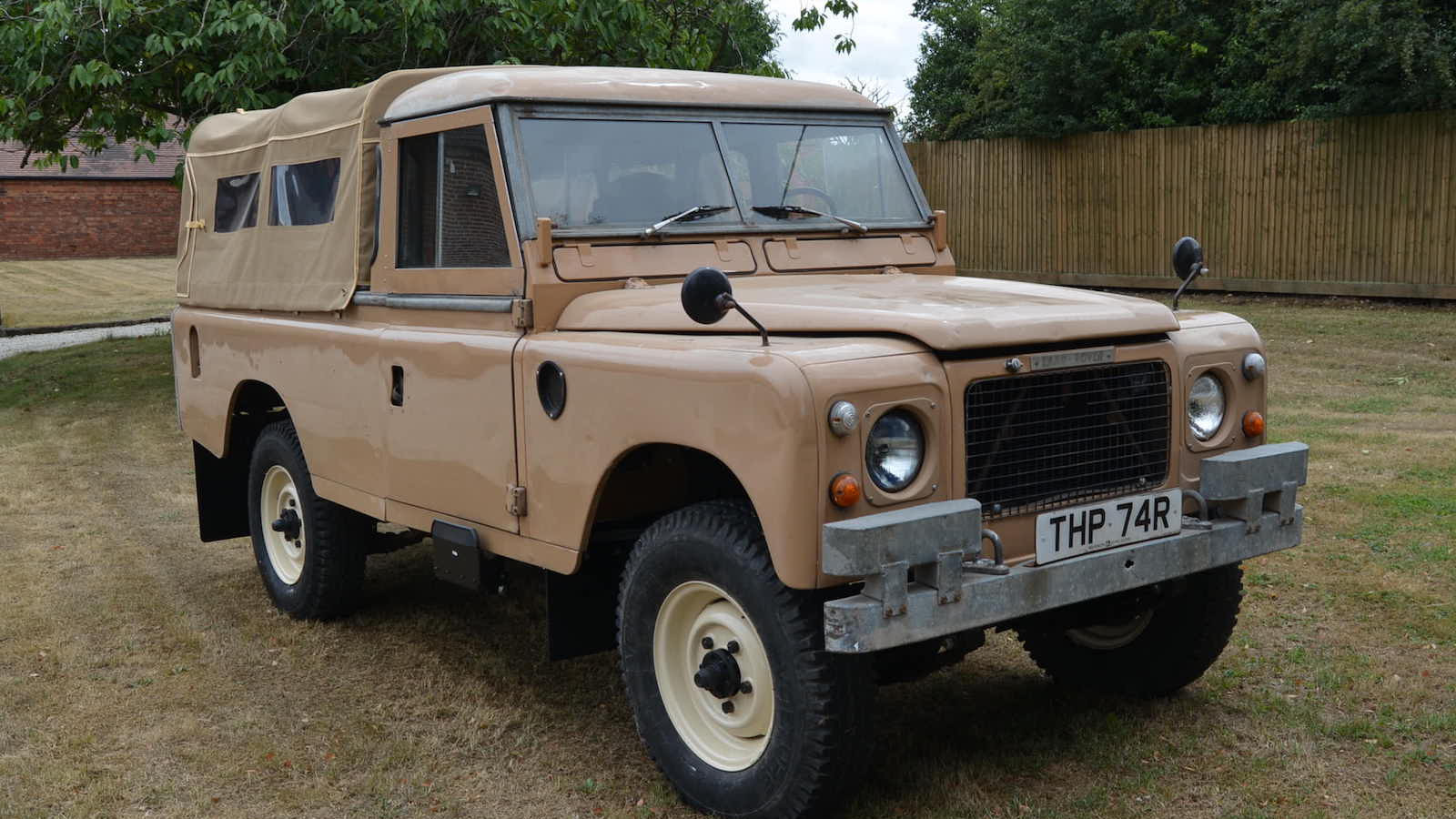
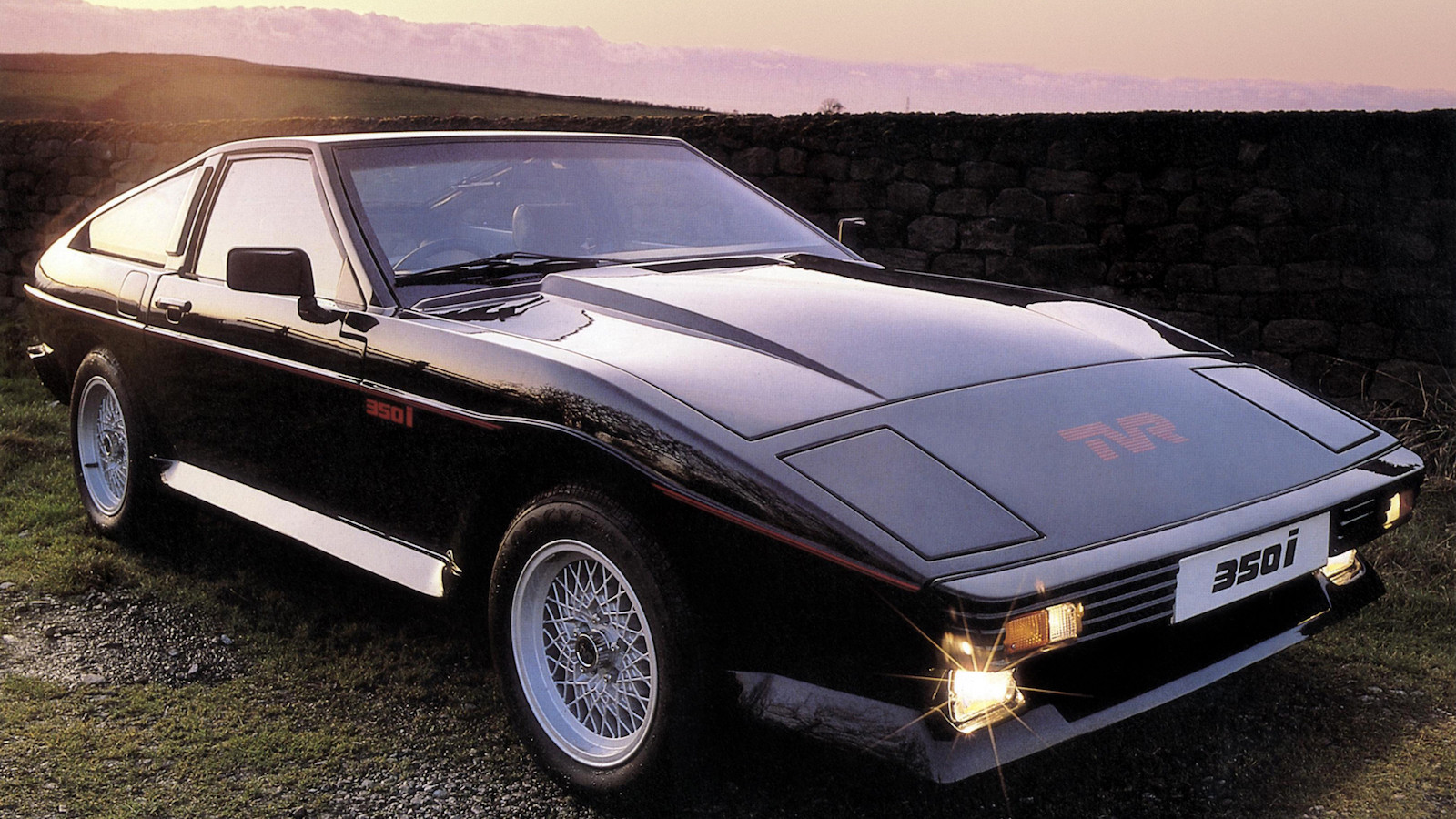


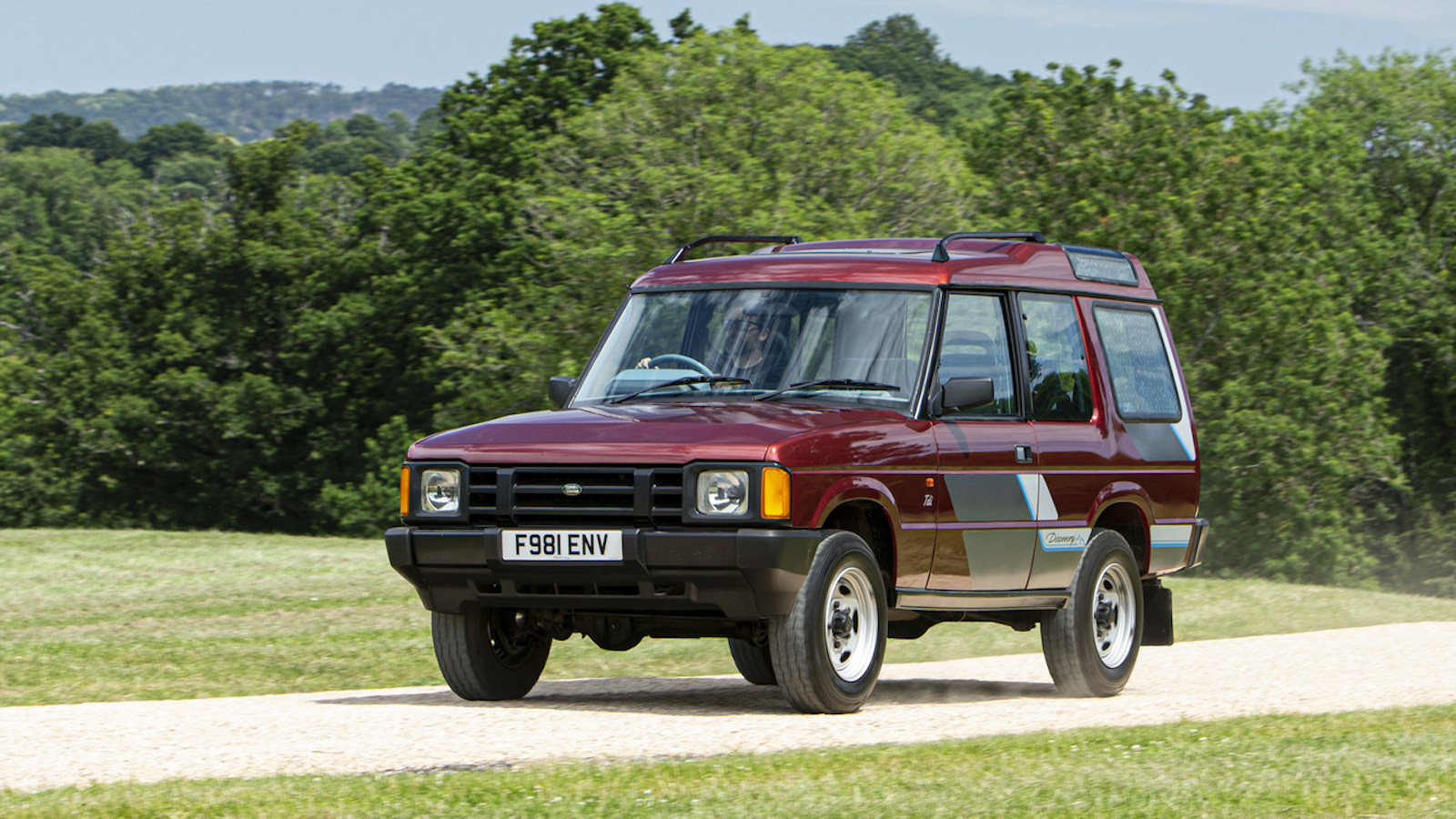
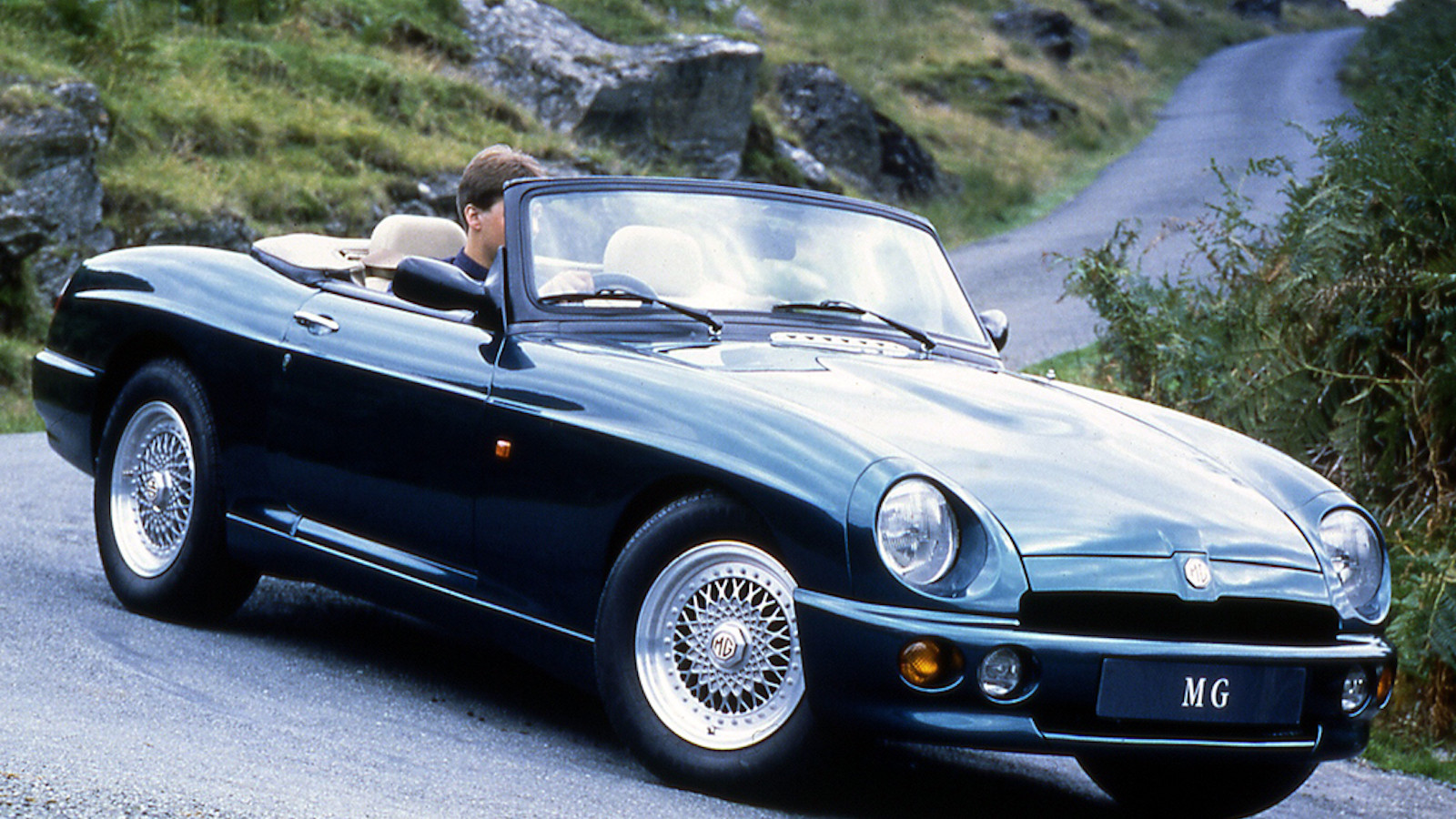
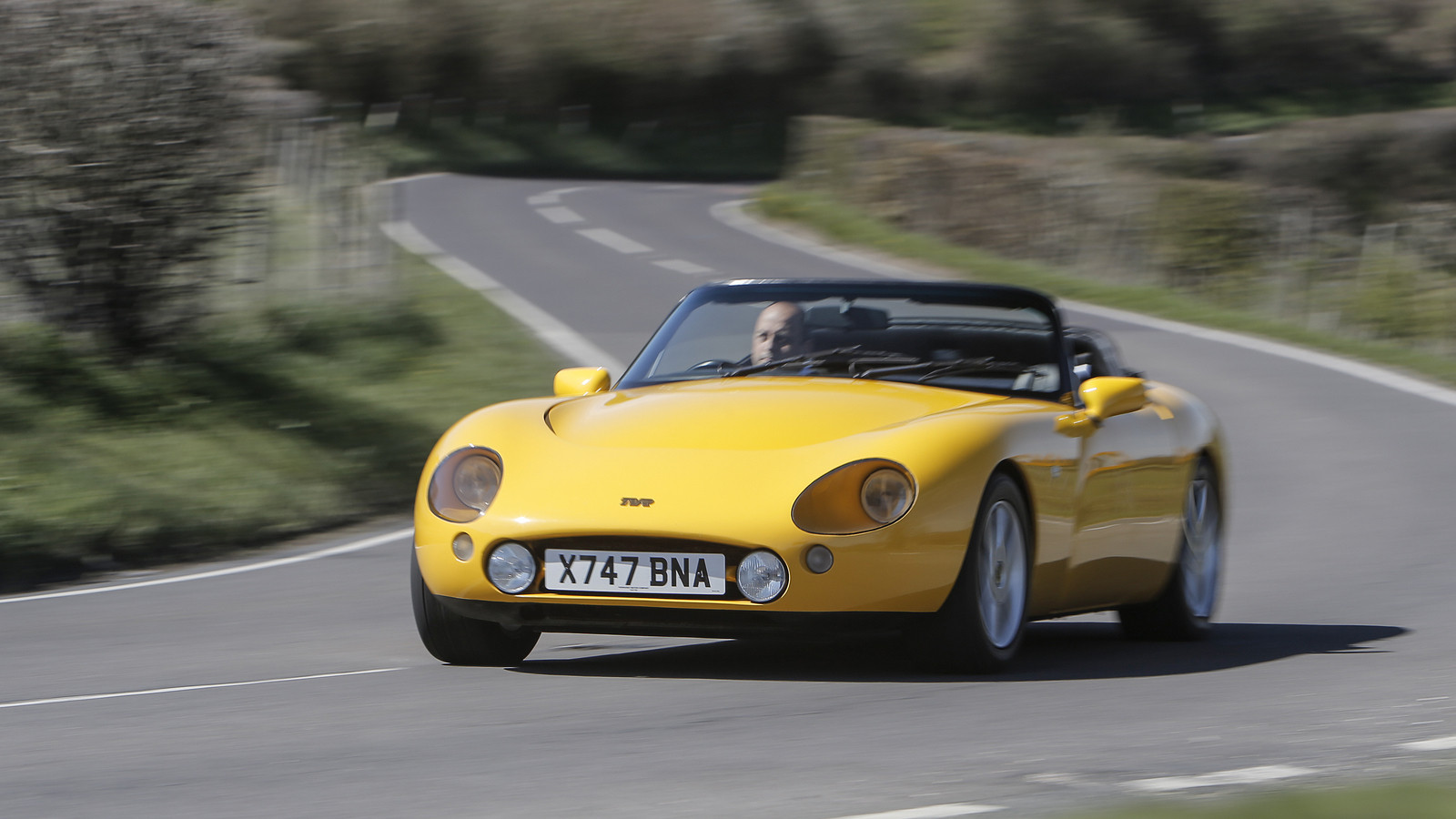
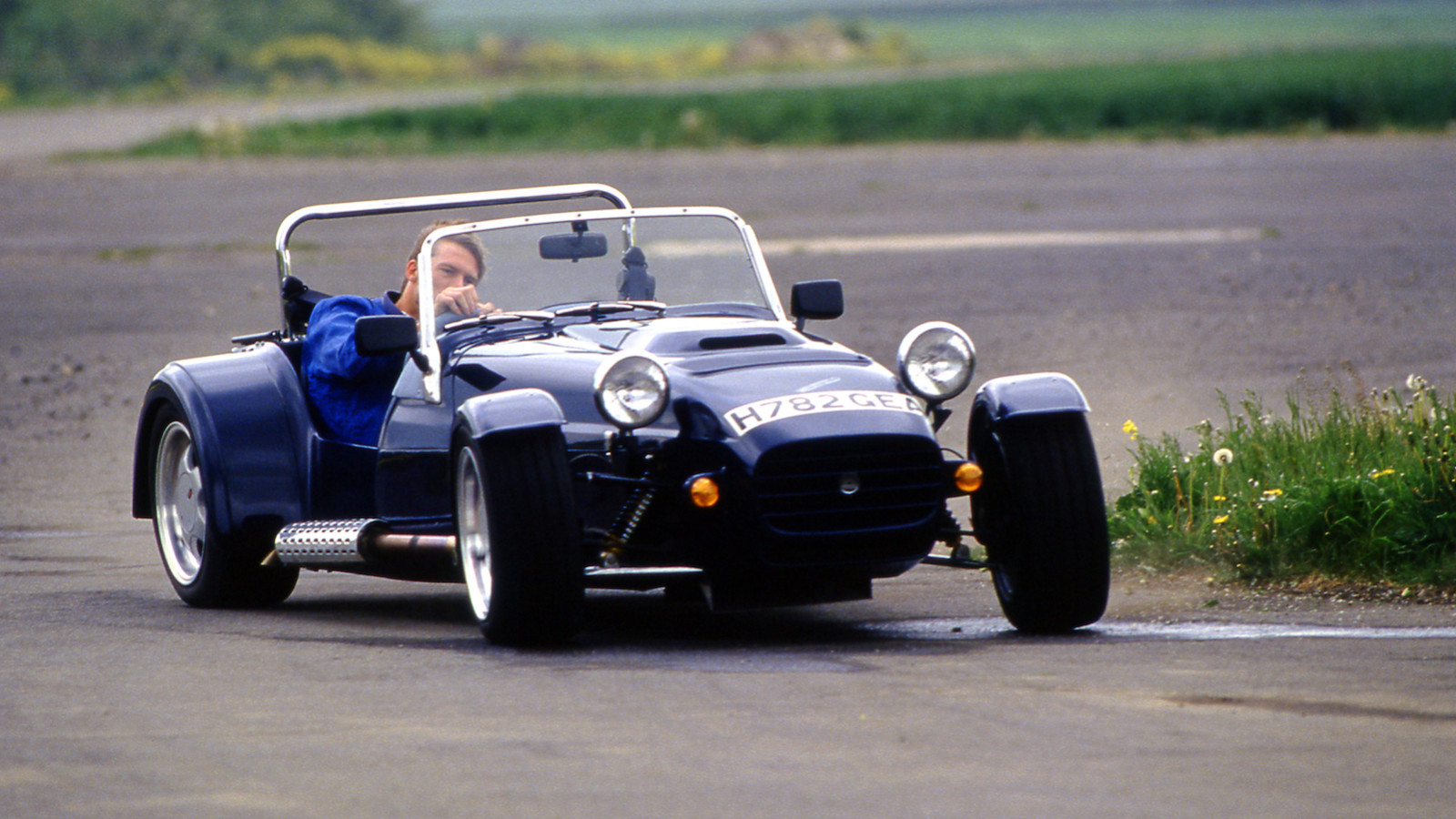
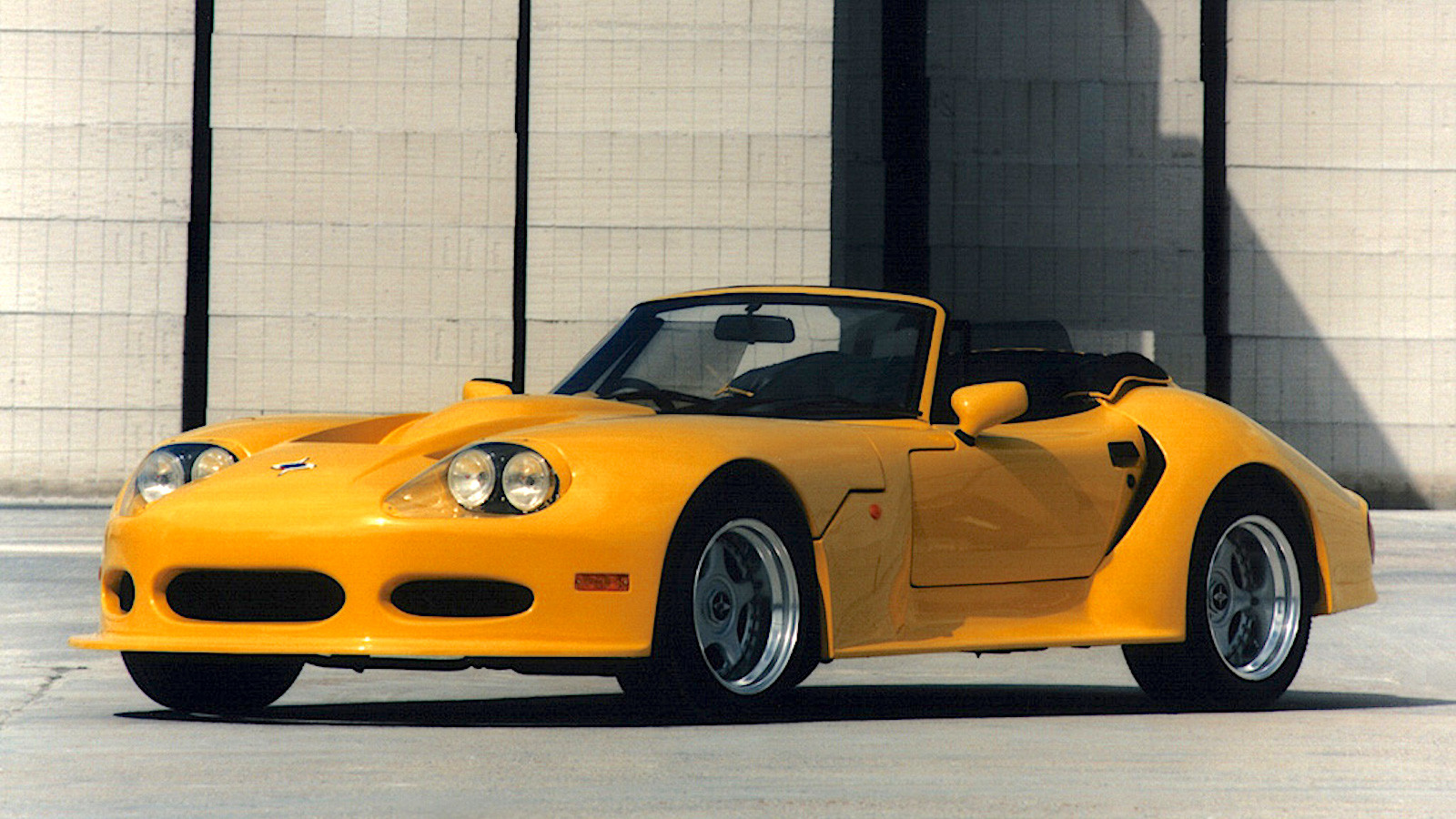
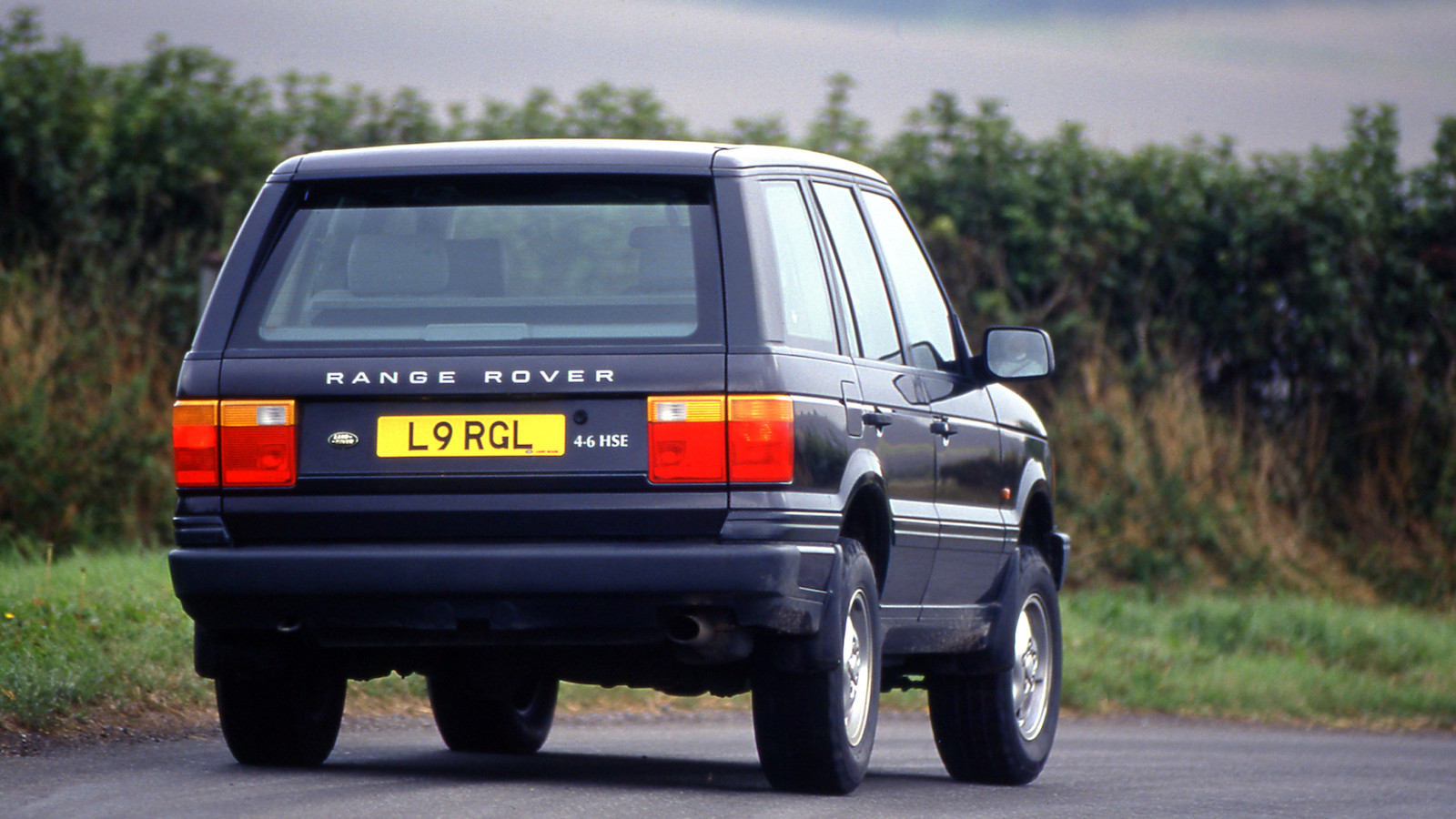
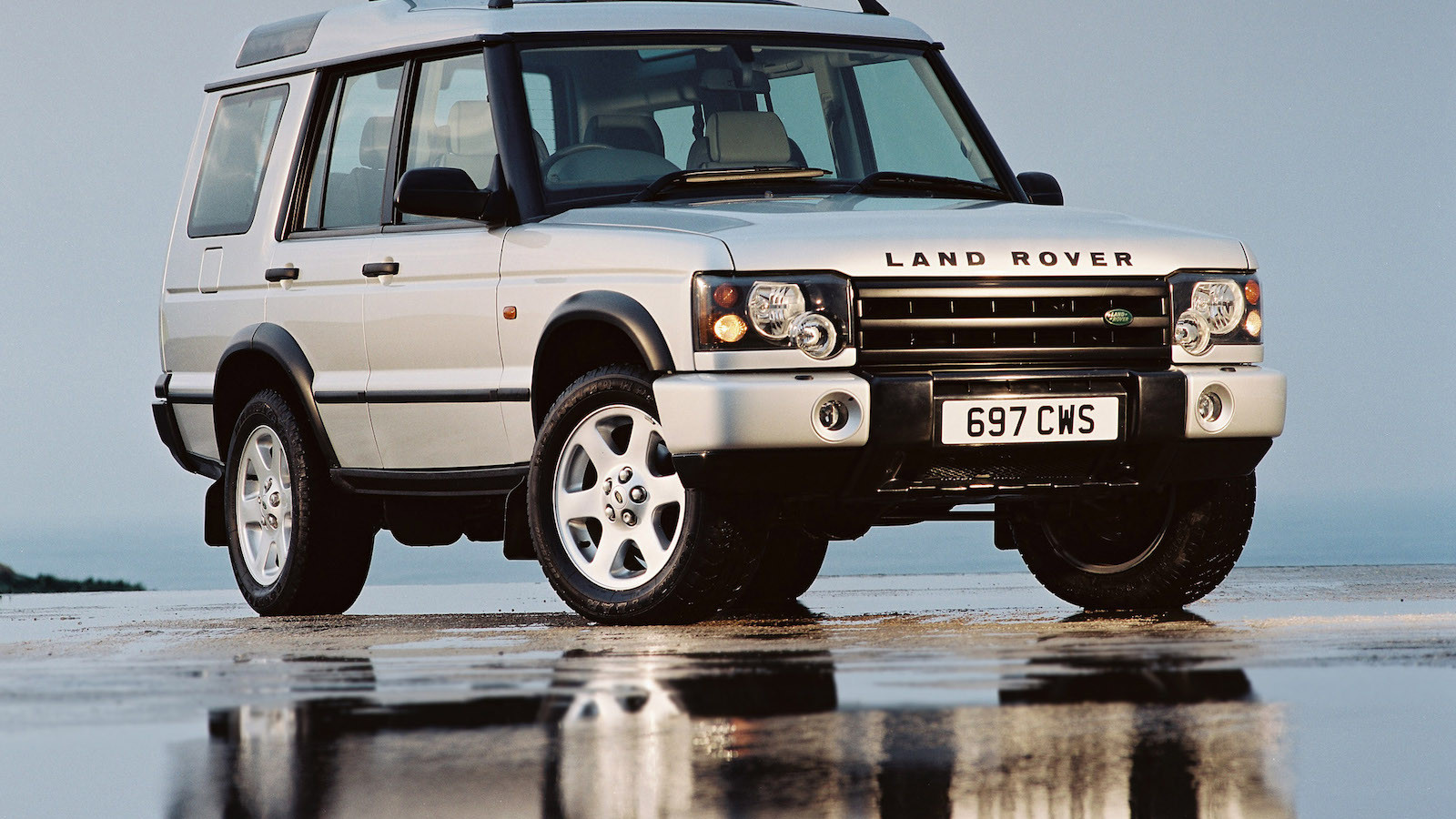
A six-decade story
As British as Buckingham Palace, or so you’d think, Rover’s V8 has whisked Prime Ministers to Parliament, helped Her Majesty check on the Crown's expansive estates, and even captured a first-place finish in the Paris-Dakar rally.
The first Rover to carry it was the 1967 P5B, but the story starts seven years earlier and an entire continent away in the USA. Join us as we celebrate 60 years of the Rover (née Buick) V8.
1. 1961 Buick Skylark
It doesn't wear a Rover badge, but this 1961 Buick Special, unveiled in autumn 1960, is where the Rover V8 story begins.
Beneath the bonnet lay a new short-stroke, lightweight aluminium 215cu in (3.5-litre) V8, that developed a claimed 150bhp under the old think-of-a-number gross bhp system of measuring power.
Sister GM brands Pontiac and Oldsmobile also offered the 215. Oldsmobile instigated its own modifications and even developed a pioneering turbocharged version, the 215bhp Turbo-Rocket.
Unfortunately GM quickly realised it could use modern thin-wall casting techniques to produce an iron V8 that cost less, could easily be enlarged if needed, and didn’t weigh much more. So the 215 was killed off after just three years, which could have been the end of the story…
2. 1967 Rover P5B
While looking for a replacement for Rover’s ageing 3-litre straight-six, boss William Martin-Hurst supposedly came across a 215 and reckoned the Buick engine – two cylinders bigger, yet lighter overall – would be ideal.
After buying the rights from GM, Rover switched from cast-in cylinder liners to sand-cast blocks and pressed cylinder liners. The new engine found its first home in the P5, which became the P5B.
Performance was transformed: power jumped from 115bhp to 184bhp (161bhp in modern net figures) and slashed the 0-60mph time from around 16 secs to just 12.
3. 1968 Rover P6 3500
Next on the list of Rover cars transformed by a V8 injection is the P6.
The original 2000 had already been finding fans (among them, European Car of the Year judges) since 1963, and the twin-carb 2000SC was no slouch. But the new 3500 pushed the P6 firmly into Jaguar territory.
An auto ‘box was the only transmission available until Rover introduced the 3500S (pictured here) in 1971.
4. 1968 Morgan V8
Peter Morgan and his team saw huge potential in Rover’s V8 and quickly found a home for it in a modified Plus 4 chassis.
Performance gains were huge – an early Plus 8 could get to 60mph in just 6.7 secs – but the fact that Rover had done the hard work of homologating the engine for sale in the US was a real deal-breaker for Morgan.
The Plus 8 stuck with Rover V8 power until supplies dried up in 2003, but was reborn a decade later with BMW V8 power.
5. 1970 Range Rover
The original Range Rover featured a low-tune 130bhp version of Rover’s V8 mated to a four-speed manual transmission.
It was no fireball compared to today’s glitzy Range Rovers (0-60mph took 14 secs in original form), but a switch from carbs to Lucas fuel injection improved the woeful economy from 1987, and performance improved with an upgrade to 3.9-litres, and finally, 4.2-litres.
An almost standard Range Rover won the inaugural Paris-Dakar rally in 1979, and again in 1981.
6. 1973 MGB GT V8
Enterprising racer and engineer, Ken Costello, had been stuffing Rover’s V8 into the MGB for a couple of years before MG built its own in 1973.
Produced until 1976, meaning you’ll find both chrome and rubber bumper varieties (but no official roadsters), the 130bhp V8’s extra grunt dropped the B’s 0-60mph time from 13.7 secs to just 8.6 secs.
It should have been a smash in the US, but ironically the V8 engine wasn’t certified for sale in North America at the time, so it never made the trip.
7. 1973 Leyland P76
Leyland Australia had high hopes for its first car designed specifically for the Aussie market, but financial woes, quality problems and the fuel crisis meant it lasted just two years.
Base cars came with a 2.7-litre straight-six, but range-toppers got a 192bhp, 4.4-litre version of the Rover V8 originally destined for Rover’s stillborn P8 luxury car.
8. 1976 Rover 3500
The P76 might have flopped, but significant parts of it (including, unfortunately, the build quality) re-emerged a couple of years later in Rover’s much prettier 3500, or SD1 as it's more commonly known.
Not the P76’s 4.4-litre V8, mind. Instead, there was BL’s familiar 3.5 – the only engine available until 2.3 and 2.6 ‘sixes’ joined the line-up the following year.
9. 1979 Triumph TR8
Triumph had planned a more powerful TR7 long before the base car landed in late 1974, but strikes, cash flow and BL politics had other ideas.
When it did arrive, the TR8 wasn’t powered by the Triumph V8 fitted to the Stag (much to the relief of RAC men everywhere), but sister company Rover’s V8.
Early TR8s were coupés; all later cars were convertibles. Most of both types ended up in North America.
10. 1979 Land Rover 109 V8
The Land Rover could still cut it off-road by the late 1970s, but rivals like the Toyota Land Cruiser outgunned it with lusty six-cylinder engines. BL answered by dropping the V8 into the long-wheelbase 4x4 to create the 109 V8, known informally as the Stage 1.
Don’t get too excited: the name had nothing to do with ported cylinder heads and high-lift cams. The V8 Landie was simply ‘Stage 1’ in Land Rover’s turnaround plan.
In fact, the soft-tune 3.5 made just 92bhp, though was boosted to 134bhp in later years, and in 1998 a limited run of 50th-anniversary Defenders received a 190bhp 4.0 V8 and an auto ‘box from the Range Rover.
11. 1983 TVR 350i
TVR’s Ford V6-powered cars were reasonably quick, but new boss Peter Wheeler was hungry for more. So began a 30-year affair with the Rover V8.
The first car to get it was the 190bhp 350i, essentially a Rover-powered version of the 280i wedge, but 3.9-litre 390SE and wild SEAC models with 4.4-litres and up to 325bhp were soon added.
12. 1983 Rover SD1 Vitesse
Rover finally capitalised on the SD1’s Daytona-esque looks with the fuel-injected 190bhp Vitesse in 1983 – and so did Andy Rouse, who used his to capture the ’83 British Saloon Car Championship title.
Motorway cops were equally smitten with the V8 SD1's pace, to the extent that some UK police forces stockpiled cars when Rover announced the end of production in 1986.
13. 1980s kit car boom
Just as Rover spotted potential in Buick’s engine, so did kit-car builders in Rover’s.
The kit-car scene was booming in the 1980s, and a glut of rusty Rovers in UK scrapyards provided a steady supply of engines for handy DiYers who fancied a Countach or Cobra, but couldn’t stretch to something genuine like the AC Cobra MkIV pictured here.
14. 1989 Land Rover Discovery
The Discovery bridged the huge chasm between the original, utilitarian Land Rover and the posh Range Rover – both in price and refinement.
The Range Rover was up to 3.9-litres and 190bhp by now, but Land Rover pegged the upstart Disco back to a 145bhp 3.5 at launch.
15. 1991 MG RV8
MG never did make an official V8-powered roadster in the 1970s, but when British Motor Heritage started offering brand-new B roadster shells, Rover took the opportunity to reintroduce the B V8 as a wood-and-leather-lined rival to TVR.
Performance was bang on trend (0-60mph in 5.9 secs), but the style and handling were an uneasy blend of old and new. Most went to Japan, though many have come back.
16. 1991 TVR Griffith
Later TVRs featured Rover V8s massaged by TVR’s own engineering department, TVR Power.
The V8S and entry-level Griffith and Chimaera featured a mildly reworked 240bhp 4.0-litre, while top-spec 5.0-litre models pushed out up to 340bhp.
17. 1991 Westfield SEight
But if the thought of a tuned Rover V8 in a one-tonne glassfibre sports car sounds fun, just imagine what it must feel like in one weighing half as much.
Westfield wondered exactly that, then built the SEight to find out. Autocar’s test car would spin its wheels all the way to the UK motorway limit, but its testers still managed to clock a blistering 4.3-sec 0-60mph time.
18. 1993 Marcos LM500
TVR and Westfield weren’t the only low-volume manufacturers employing modified Rover power to great effect.
Marcos first adopted the V8 in 1983 and relied on it for the next two decades – though not for its failed ’95 and ’96 assaults on Le Mans.
The real Le Mans racers used Chevy V8 power, but Marcos built almost 30 3.9 and 5.0-litre Rover-powered cars to homologate them.
19. 1994 Range Rover P38
Land Rover finally replaced the iconic Range Rover after almost a quarter of century of service – though it continued to offer the original as the Range Rover Classic alongside the new P38.
The new car got a pair of V8s: a 4.0-litre with 190bhp and a 4.6-litre flagship with 35bhp more.
20. 2004 Land Rover Discovery
The last mass-produced car to carry Rover’s V8 was the Land Rover Discovery.
Land Rover switched to Jaguar’s AJ8 engine for the all-new Discovery 3 Mk2 Disco, bringing more than 40 years of light-alloy V8 history to an end.
